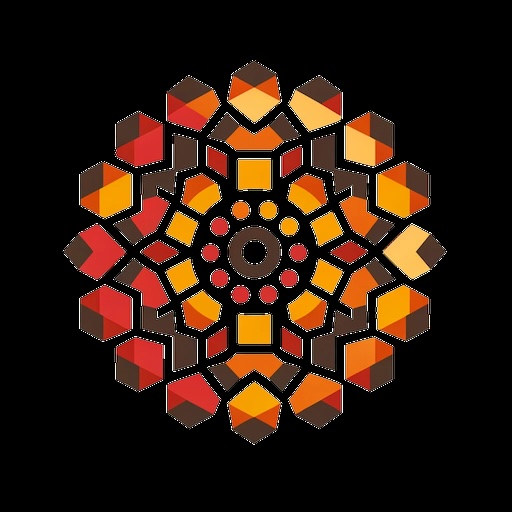Roshan's Conjecture: Difference between revisions
From Rest of What I Know
Created page with "When I was a young child, I noticed a pattern. Every number past 3 seemed to have a pair of primes 'around' it. # <math> (4-1) < 4 < (4+1) </math> # <math> (5-2) < 5 < (5+2) </math> # <math> (6-1) < 6 < (6+1) </math> # <math> (7-4) < 7 < (7+4) </math> # <math> (11324-45) < 11324 < (11324+45) </math> Notice how for every number you can think of, there's a prime below it and a prime above it equidistant from it. Better stated, what I concluded was that: <math>\forall n..." |
No edit summary |
||
| Line 14: | Line 14: | ||
Of course this turns out to be almost entirely equivalent to the famous modern form of [[wikipedia:Goldbach's conjecture|Goldbach's conjecture]] with a little cajoling. So much for my foray into Mathematics! | Of course this turns out to be almost entirely equivalent to the famous modern form of [[wikipedia:Goldbach's conjecture|Goldbach's conjecture]] with a little cajoling. So much for my foray into Mathematics! | ||
[[Category:Stories]] [[Category:Concepts]] | |||
Latest revision as of 06:11, 16 June 2024
When I was a young child, I noticed a pattern. Every number past 3 seemed to have a pair of primes 'around' it.
Notice how for every number you can think of, there's a prime below it and a prime above it equidistant from it.
Better stated, what I concluded was that:
such that and are both prime. I couldn't find a single counter-example to this. I was terribly excited, of course, because I thought I'd discovered some fundamental property of the universe.
Of course this turns out to be almost entirely equivalent to the famous modern form of Goldbach's conjecture with a little cajoling. So much for my foray into Mathematics!
